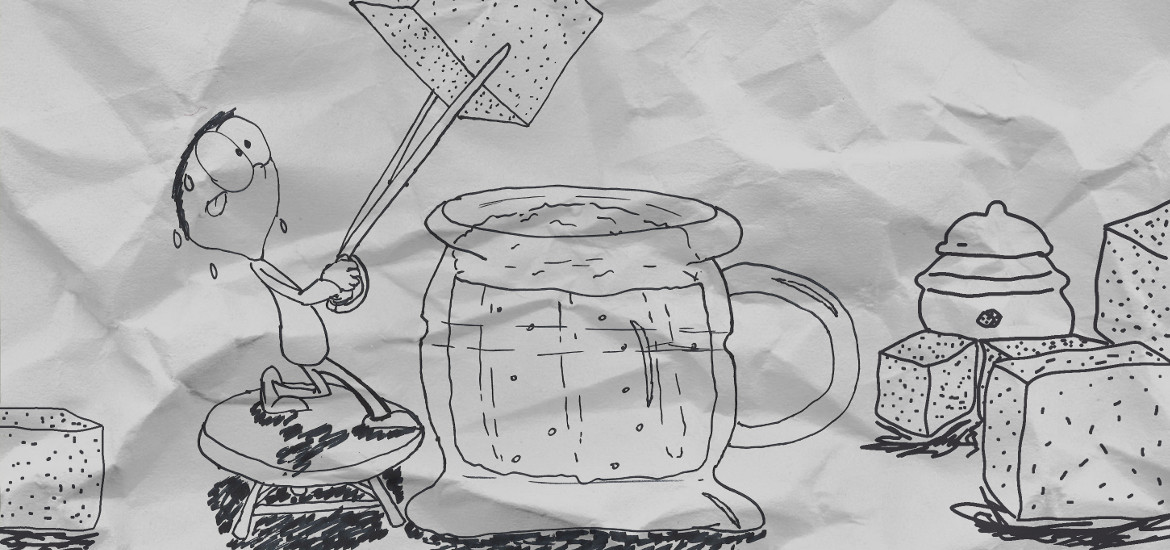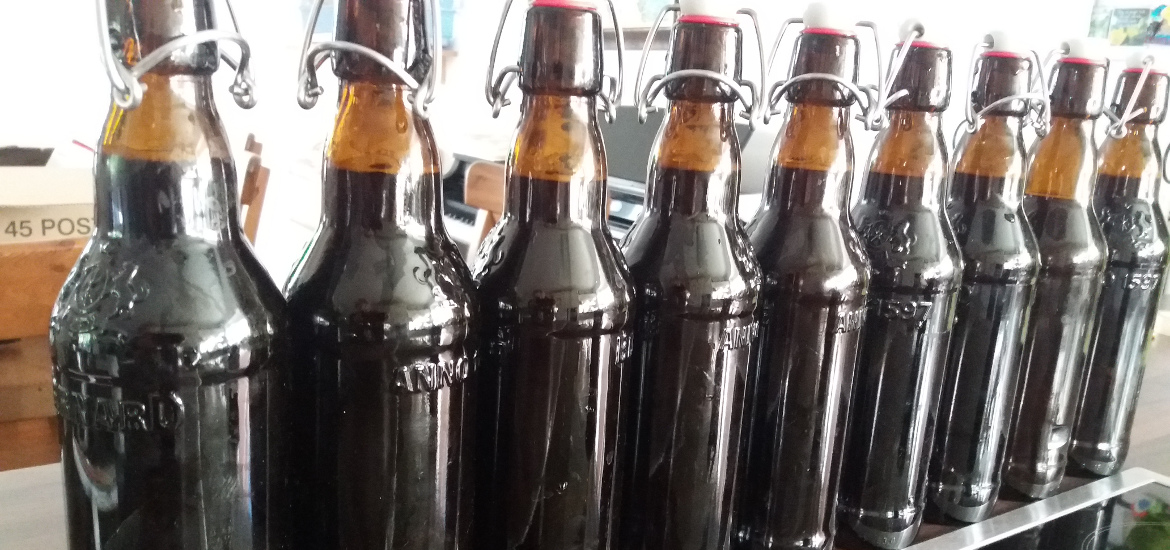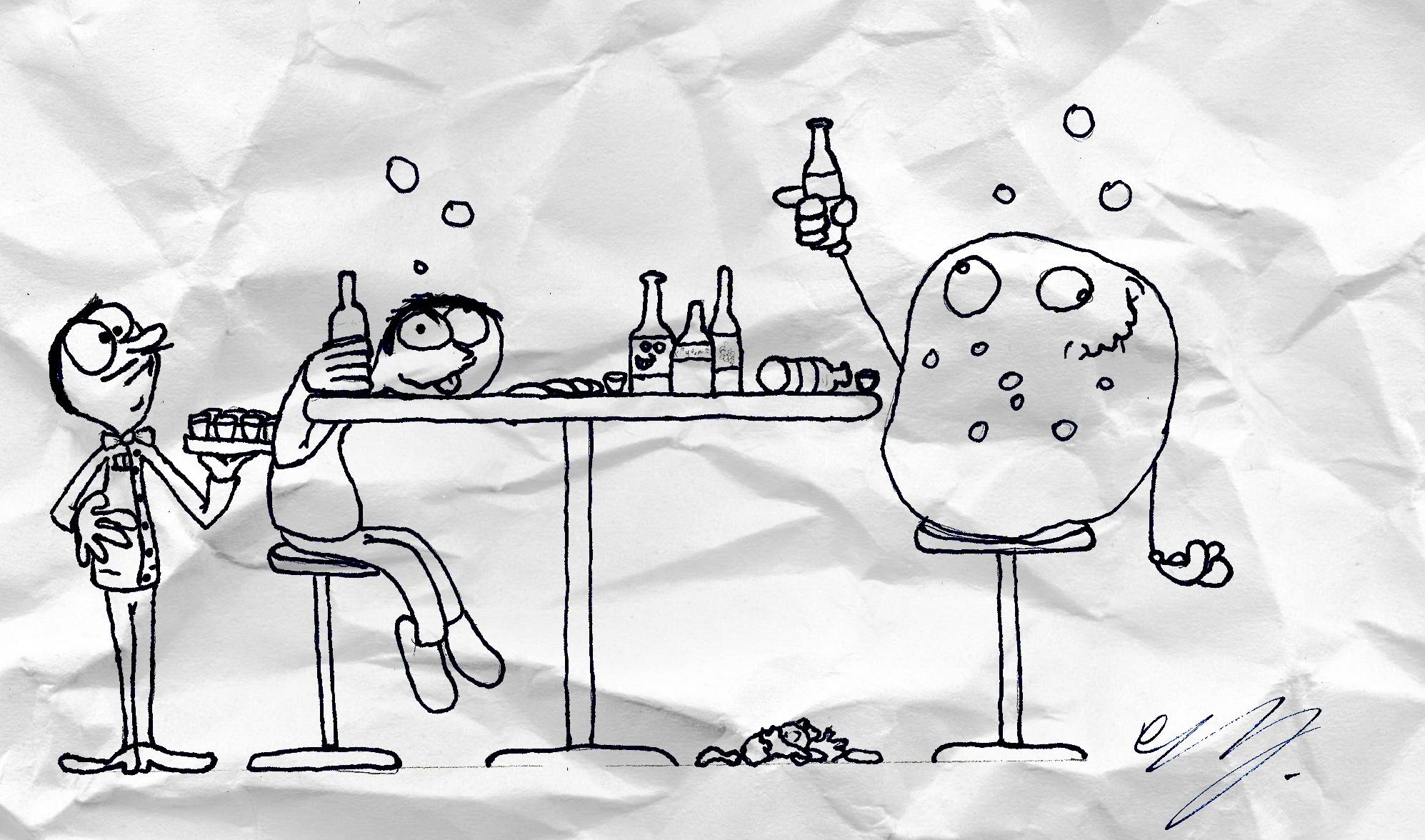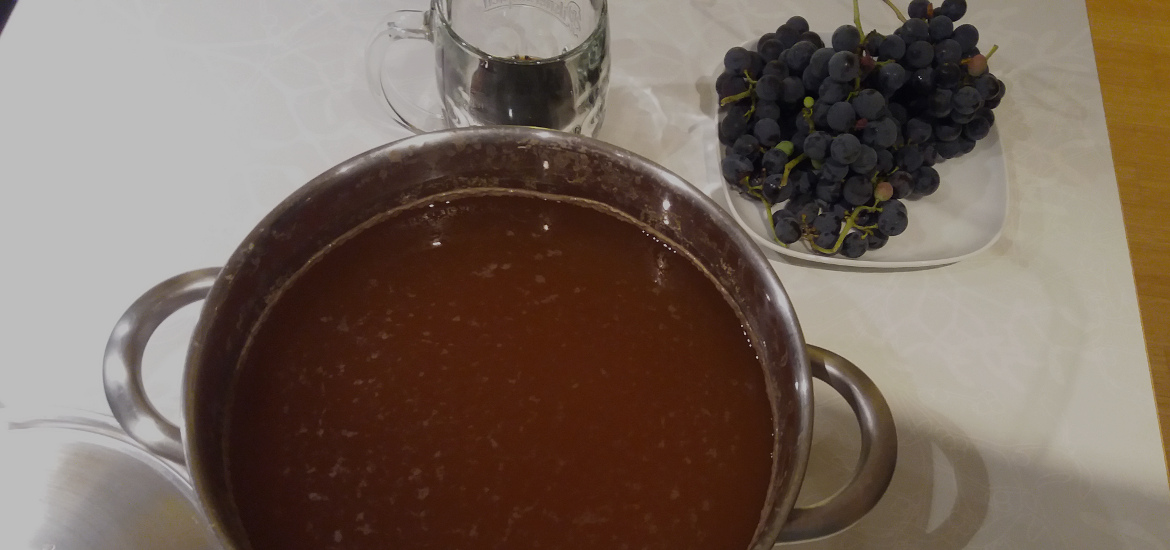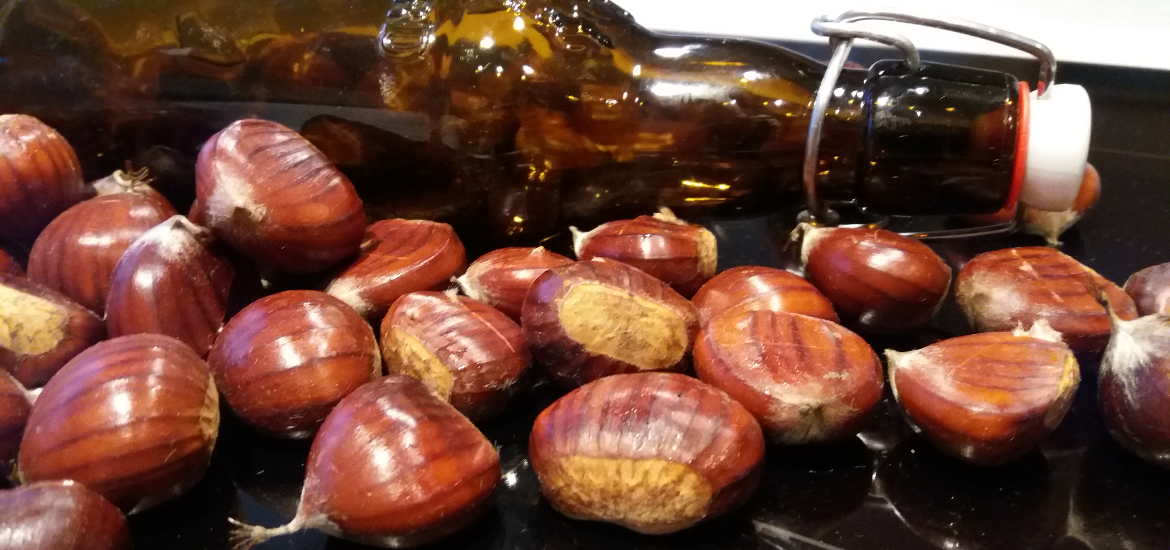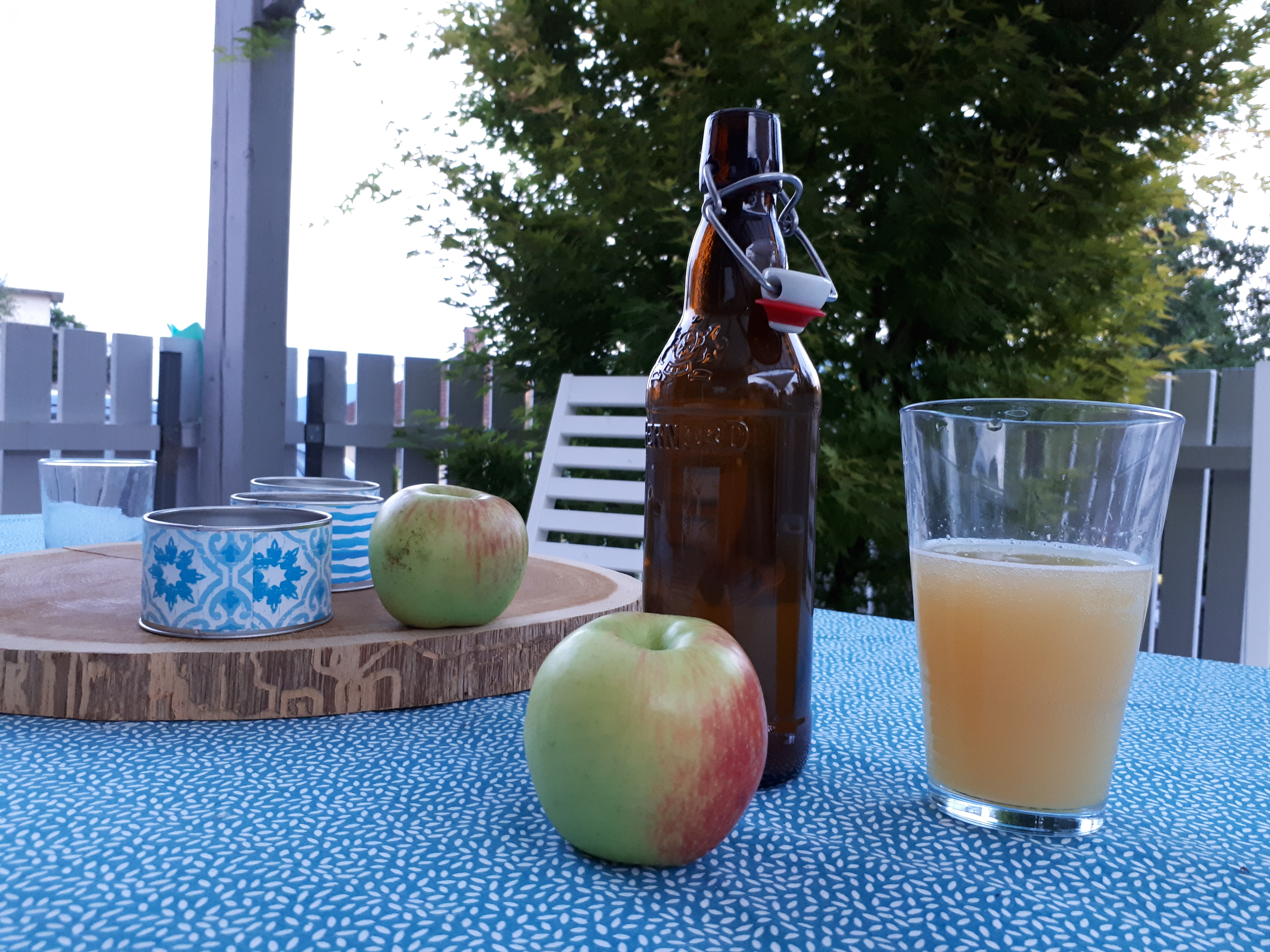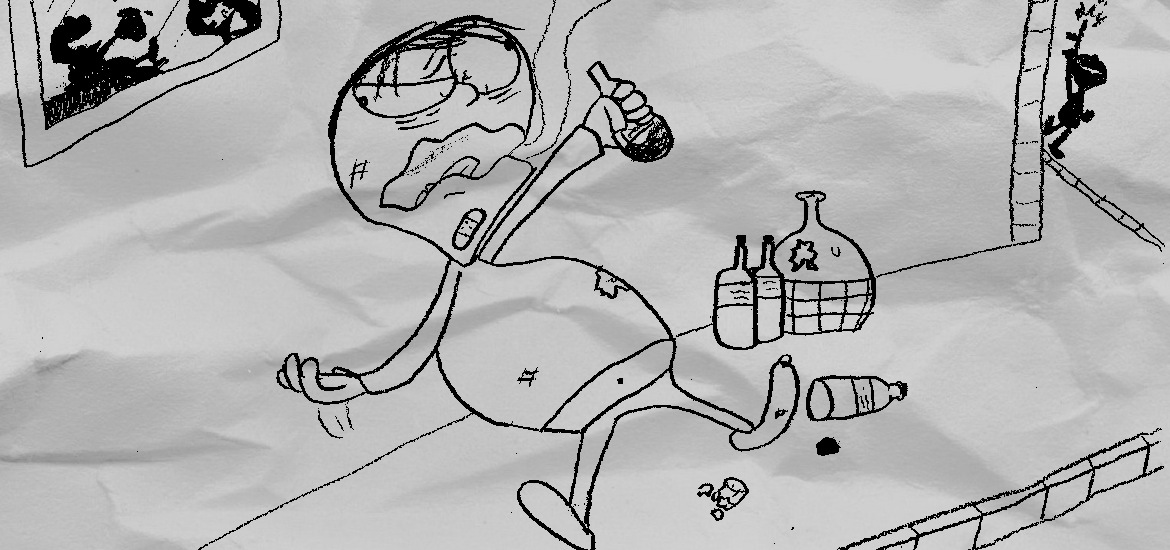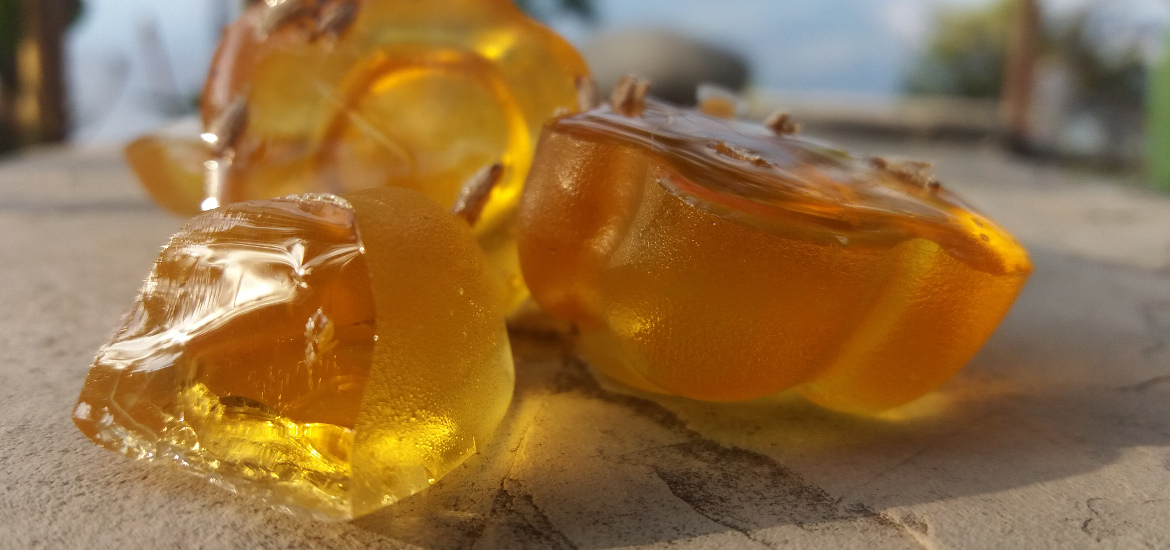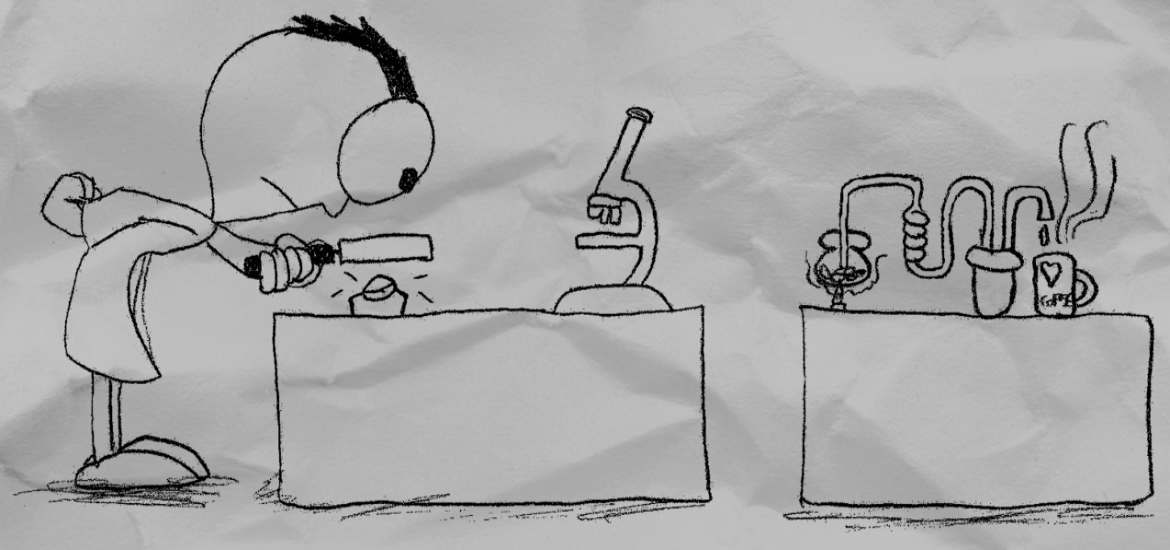Everyone, even a total stranger to beer making, knows that yeast (and other microbes, like bacteria) thrive on sugar. People which are more familiar with beermaking know that starch in barley needs to be broken down to sugars in order for the yeast to ferment it to alcohol.
True home brewers even know that some sugars are added into beer – either to increase alcohol levels or to prime (add foam) to bottled beer. But what type of sugar is needed for homebrewing? What are the differences between sucrose, glucose, table sugar, lactose, dry malt extract, and so on? Does it matter what type of sugar is used by a newbie homebrewer? Since I am one, I tried to answer some questions related to sugars and homebrewing.
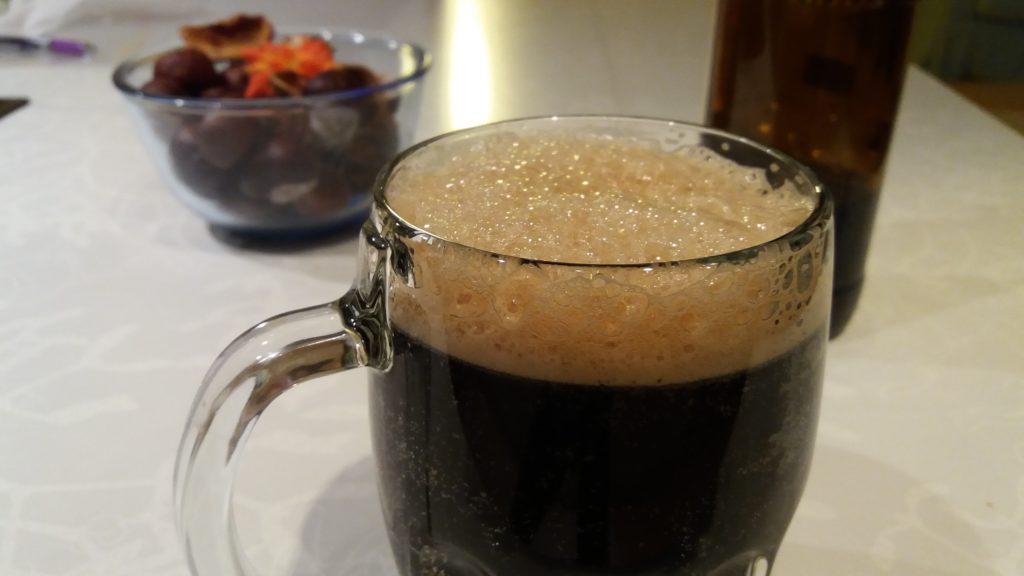
THEORETICAL BACKGROUND
First some scientific and factographic facts, to have a clear picture of the subject. There are three types of sugar commonly used in homebrewing: sucrose (table sugar), glucose (dextrose) and dry malt extract.
Sucrose is composed from equal parts of glucose and fructose and is relatively pure – for our purposes we can say it’s 100% pure. It can be split by yeast into primary components which can be both metabolized (converted to alcohol) by the yeast – so we consider it 100% pure since the whole amount can be converted to alcohol.
Dextrose is chemically correctly called glucose and is sold as monohydrate – one molecule of water per one molecule of glucose – and is also relatively pure. For our purposes we only consider water as unwanted ingredient, so we can say dextrose is 90% pure – one molecule of glucose is around 10 times the mass of one molecule of water. So 90% of the mass of dextrose can be converted to alcohol.
Dry malt extract is more variable – it has more unfermentable components, not just water – for instance it contains a small amount of proteins, some unfermentable sugars, minerals, vitamins and so on. Not just the components, but also their ratio can also differ, therefore DME can vary a lot from producer to producer. As an average value, aggregated from brewer’s experience and producer information the purity of DME in our sense is around 70-75%. That means that around a quarter of DME mass is not converted to alcohol.
This covers the basics facts about sugar types used for homebrewing, now onwards to their application.
BEER AND SUGARS
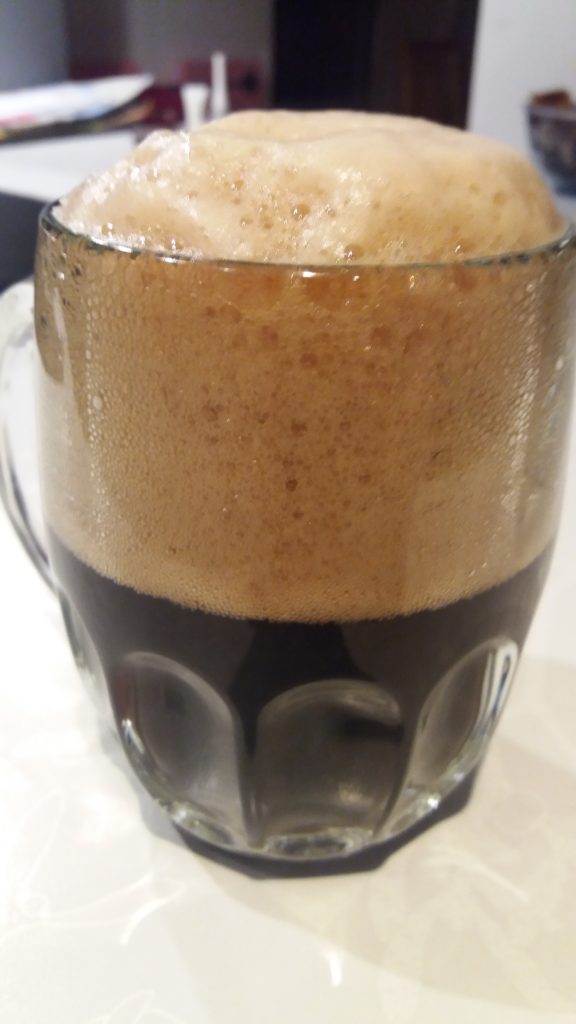
There are two main reasons why sugars are used in beer brewing: to make the basic beer (to get the alcohol) and to prime the beer in the bottles (to get the bubbles). You can read more about the basics and priming here.
First discuss the more straightforward application of sugars – priming the beer. Different beer types are expected to have different amount of foam (bubbles). The amount can vary as much as 4 times – for instance stout has way less foam than German wheat beer. That means that different amount of sugars need to be added to the final beer for priming. But then again, the amounts used for priming are not big – around 5-10% of all sugars added – and when the sugar is fermented to alcohol and carbon dioxide (bubbles!) the alcohol increases proportionally. The total amount of alcohol in the beer is increased for about 0,5% (e.g. from 4 to 4.5%). Similarly the taste is not altered much.
Table sugar and dextrose do not modify the taste at all, since they are almost totally converted to alcohol, dry malt extract has some potential to influence the taste but as said before – only to about 10%, which is easily overshadowed by the main beer taste. Granted, dextrose is fermented fasted than table sugar (as stated here), but if we are talking of storing the beer for a week or more before consumption, this is irrelevant.
Other thing is adding sugars to get the basic beer body and alcohol. Usually you add it to improve the existing premix used for basic beer making or you are making beer on a more advanced level – mixing the sugars and hopps yourself to get the taste you like. In the case of advanced beer making you should definitely use (at least a part) dry malt extract to get the beer flavor – otherwise it would just be alcohol with hopps. Therefore, we can consider this two ways of making beer as one – in any case you are adding more sugars to the existing basic beer (wort). As in the case of priming when you add table sugar or dextrose you are only increasing final alcohol amount and are not changing the taste much.
Amount of alcohol does influence the taste, but not in a significant way.
Amount of table sugar and dextrose are also comparable, since 10% difference is not much, especially since you are already building upon existing sugars and this reduces this difference even further. Another story is adding dry malt extract. Here the difference in alcohol is more significant – you will get around a quarter less of alcohol from the same amount of DME compared to table sugar and dextrose. But the change in alcohol is not the most important thing. Far more important is that quarter of DME which is not converted to alcohol. Unfermentable substances in DME influence the taste, smell and look of the beer significantly. They can darken your beer, make it sweeter, more full bodied or make your foam more creamy.
You should definitely know what you want to achieve with DME addition – and you can achieve a lot in the sense of taste, smell and look of your beer.
To sum up, the type of sugar you use for priming is really not that important. You should adjust the amount if you are switching from DME to table sugar, but even this is probably within the variation for a specific beer type. For adjusting the basic beer (wort) adding table sugar or dextrose will only increase alcohol level and nothing else. Addition of dry malt extract will, beside the alcohol level, strongly influence the taste and look of your beer.
Image credit: Amazing food
